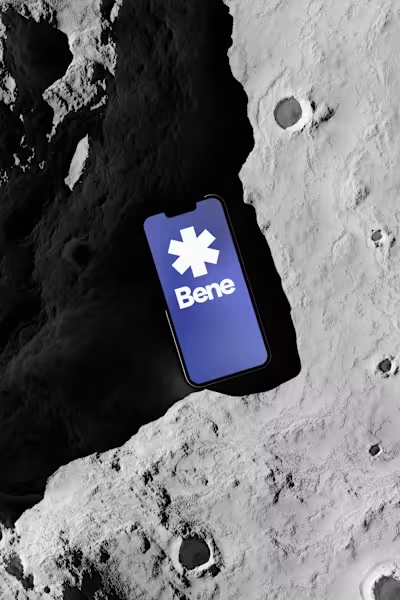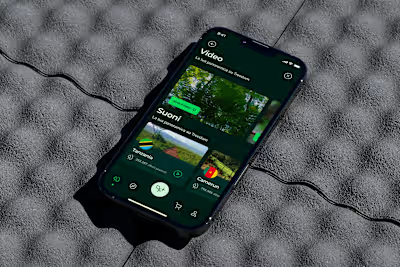Autonomous Vehicle: The future of Mobility
Autonomous Vehicle: The future of Mobility
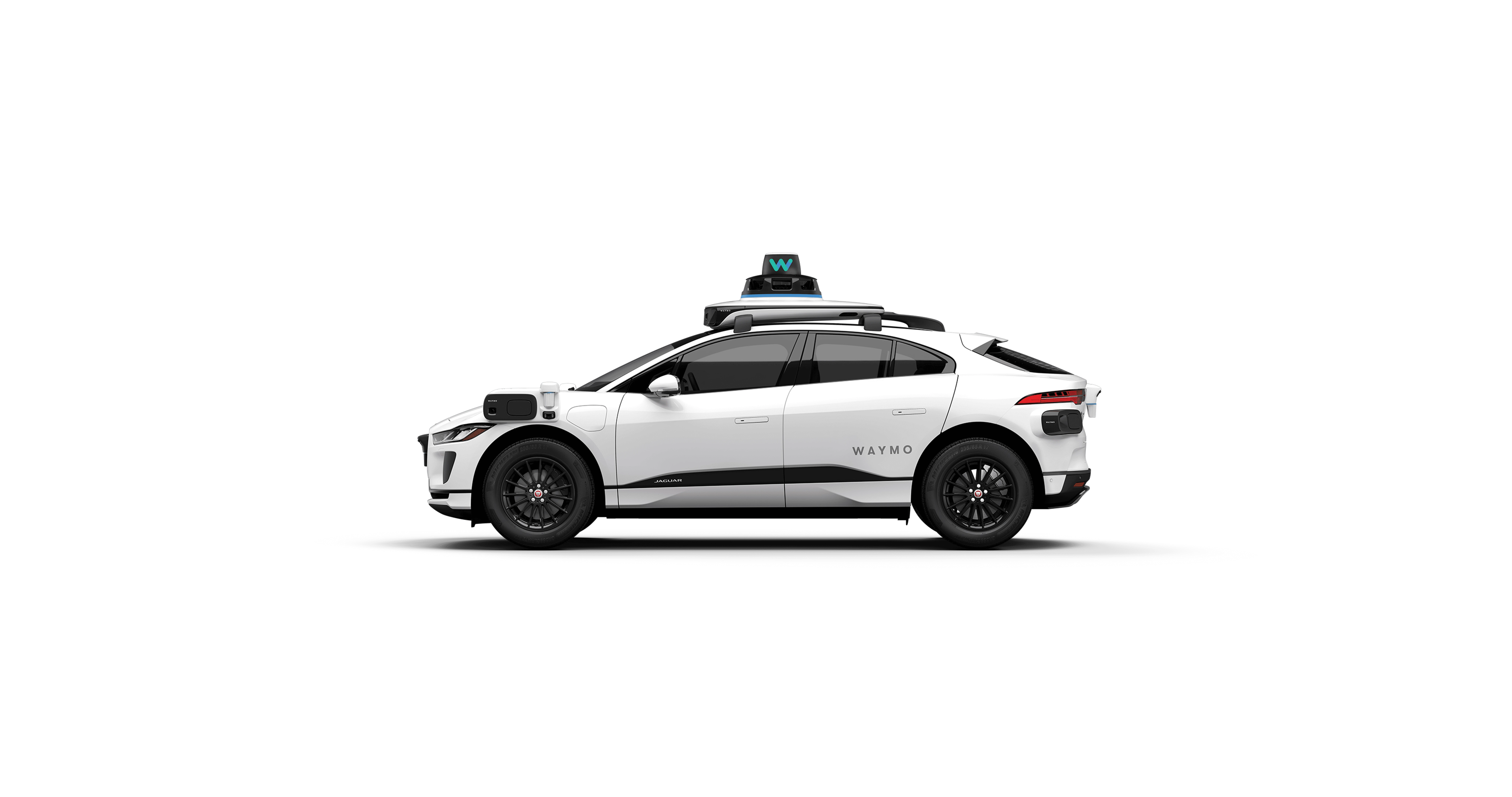
What is the future of mobility? How will we move from one place to another? Focusing on AV technology, I try to outline the future experience of driverless mobility.
RoleUX/UI Designer
IndustryEnvisioning Mobility
Duration3 months
Introduction
This project explores how self-driving vehicles can become not just a means of transport, but an extension of our homes and daily lives. Personalization, inclusivity, and sustainability are at the heart of this vision, to make time spent in the car a meaningful moment, tailored to each user.
The challenge
In today's growing global context, it is predicted that more than half of the world's population will live in urban centers by 2050. Given recent technological improvements, particularly in AI, self-driving electric vehicles appear to be the future of mobility. How can we imagine a future where self-driving cars are every home?
Role and Methodology
For this personal project, I analyzed the current automotive industry and technology, outlining a trend and future scenario based on current developments. To outline a desirable future as a solution to the challenge, carried out intensive desk research, shadowing and benchmarking of scenario and AS-IS usability applying the Design Over Time (DOT) methodology to the project. The 4 steps: Framing, Foster, Design, and Scale were iterated in the 3 DOT design phases: Next Future, Near Future and Now until the desired outcome.,
Next Futures
Imagining the future, it is possible to outline the main aspects that will characterize it:
The advancement of AI, enabled by quantum computers with higher than normal computing capabilities;
Electric cars with increasing autonomy;
The change in the car purchase model, as numerous studies show how the current car sales strategy is changing, focusing more and more on new ownership models, particularly leasing.
About self-driving cars, there has been a feeling of mistrust towards their use in recent years, and Regardingthe percentage of people willing to buy a self-driving vehicle is currently 25%, 10% less than last year. This mistrust can be attributed to 3 main factors (Autonomous driving’s future: Convenient and connected):
Improving the safety of the service;
The need to test the service firsthand;
More information about the technology is needed.
Where are we going?
Self-driving vehicles will change the value of travel time and enable everyone to move around autonomously, improving the inclusiveness of the city and promoting individual empowerment. The use of private cars in urban areas will be strongly discouraged in favor of car sharing, all aimed at reducing the impact and economic costs the city's inclusiveness (The future of sustainable urban mobility, Pdf).
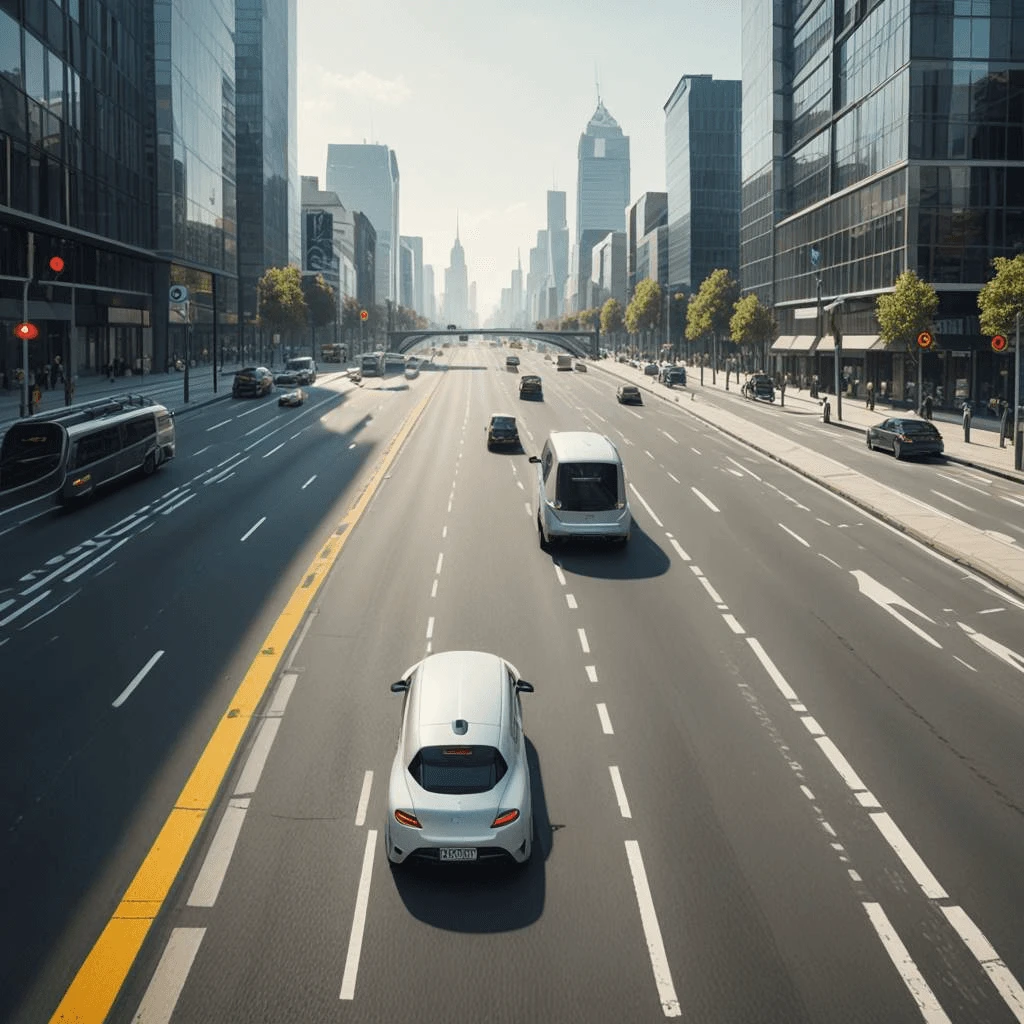
Research goals
To understand the future of self-driving cars, I set goals of research. I have looked at the potential and benefits of the widespread adoption of these vehicles against the current trials on American roads. Americans are at the center of my research on this science fiction story, these vehicles are born in America and are therefore the product of American culture, social and psychological ethnographic aspects. How do Americans relate to cars?
Near Futures
At the moment, the general mood is strongly influenced by novelty and the futuristic ideal. Why would people want a self-driving car? Apparently people would use time saved by autonomous driving to sleep, work or read.
Deep with desk research
In addition to research utilizing platforms such as Reddit, Quora, and Google, YouTube emerged as a pivotal resource for remote analysis. Through a comprehensive review of numerous video reports from sources as CNBC, CBS and Marques Brownlee or more institutional resources such as A time of unprecedented change in the transport system (Pdf).
I identified several common mistakes:
Parking in temporarily prohibited areas;
Stopping in the middle of lanes due to misinterpretation of context;
Adopting the right-turn criterion for safety reasons, resulting in longer journeys;
Lack of communication with other road users, e.g. cyclists, pedestrians, etc.
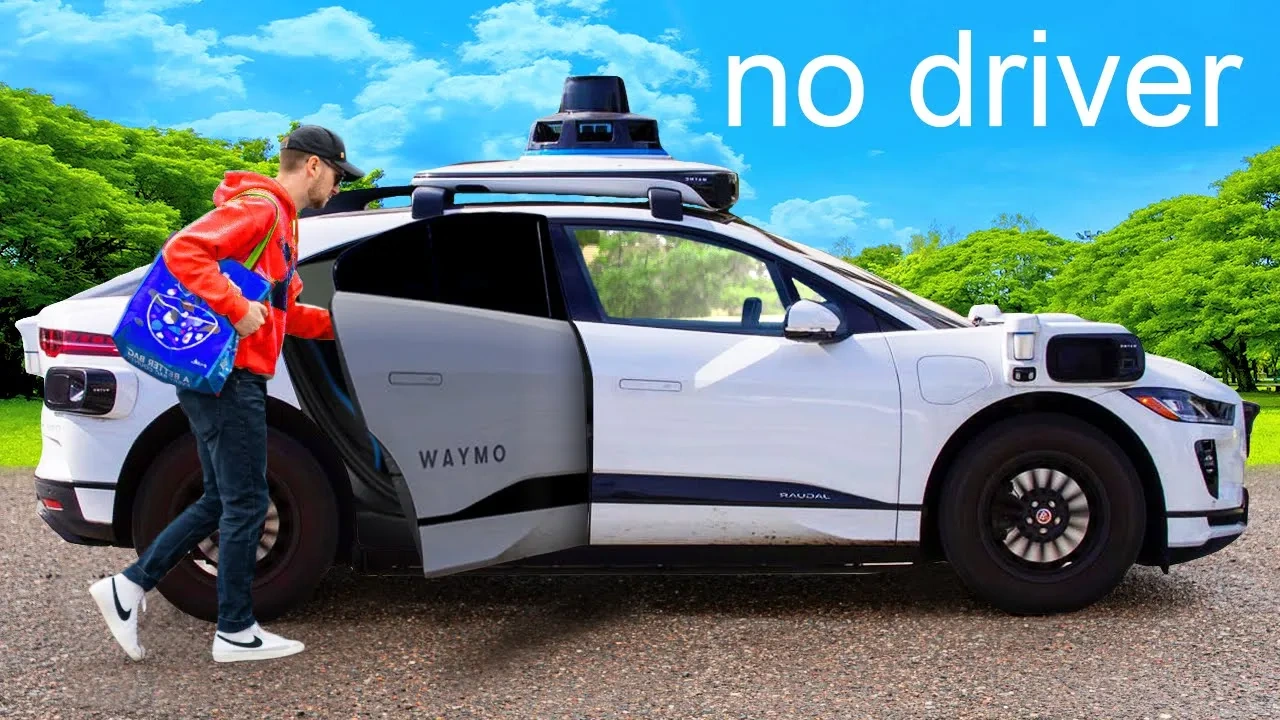
Benchmark
The self-driving car panorama includes:
Waymo, the project initiated by Google, which sowed the seeds in this sector in 2009 and has become a symbol of the self-driving car concept, also known as the "robotaxi". A similar project has been developed by the start-up;
Zoox, currently acquired by Amazon, which, in addition to its completely innovative and urban design, aims to provide a shared mobility service. Finally, the competitor;
MayMobility focuses on the issue of accessibility; although it uses self-driving cars, it guarantees the presence of an operator specialized in assisting passengers who are not fully autonomous.
The discovery
So what is the relationship between Americans and cars? The automobile is an object that has been rooted in American culture since the early 20th century, when the advent of the Ford Model T revolutionised the way we perceive the space around us. Much more than a means of transport, the car became a symbol of individual freedom, allowing people to decide when and where they wanted to go, without the constraints of public transport timetables or routes.
"I want to be able to leave whenever I want"
The extension of homeMany Americans customise their cars with personal items, transforming them into cosy, familiar spaces. The car becomes an emotional and safe place, similar to home.
A safe havenMany Americans use their cars as a kind of refuge where they can experience everyday moments and manage their lives.
The vision
How could we tailor the experience to the user?
Users will be able to order a fully customized car tailored to their specific needs directly from the app. During the booking process, they can specify the items or services they require, which will be made available on board, ensuring a bespoke and highly satisfying travel experience.
To enable this feature, an add-on has been developed within the app for booking autonomous taxis, allowing users to personalize every aspect of their journey.
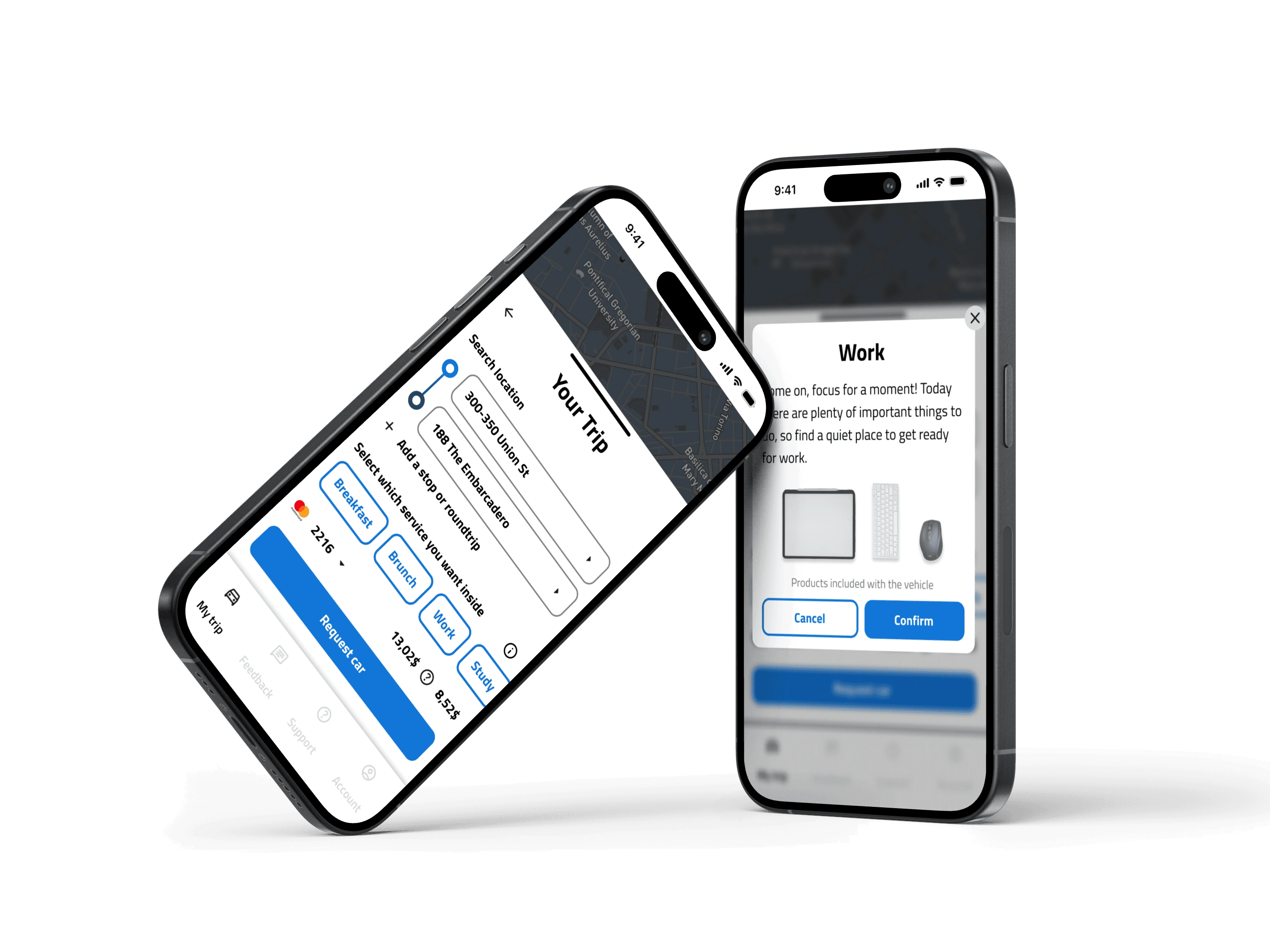
Experience Personalization
The main feature allows users, after logging into the app, to access the booking section and select the specific occasion for their trip.
Once the desired option is chosen, a detailed overview of the included services is displayed, enabling users to configure their transportation experience to their preferences.
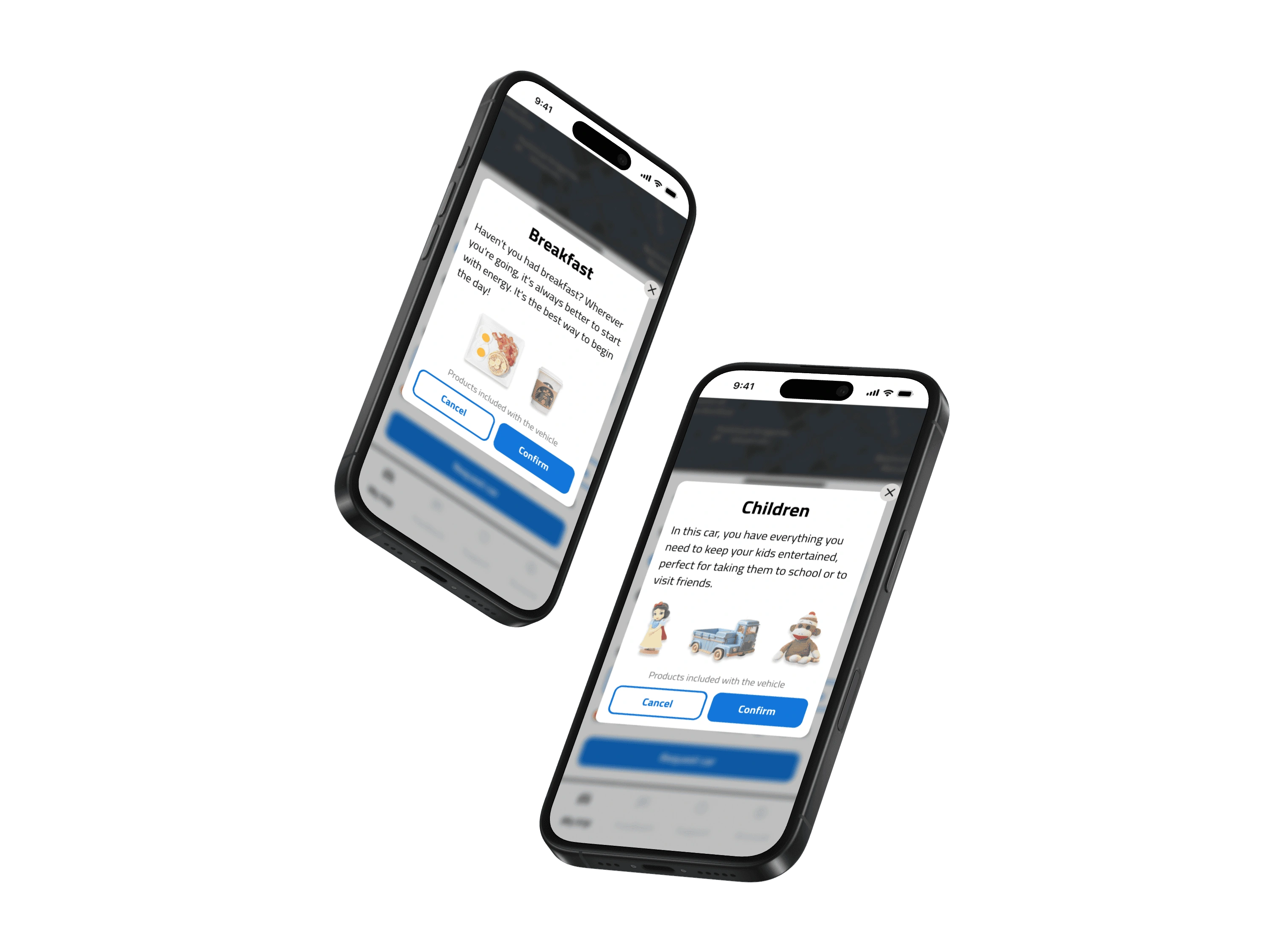
Service ecosystem
To analyze the various stakeholders involved in the autonomous vehicle service and consider the addition of new actors specialized in service customization, I have created a map of the current ecosystem. At the center of this map, I have placed the passenger of the autonomous vehicle, examining on one side the entire industrial sector and on the other the actors who interact directly with the user inside the vehicle.
The landscape of actors in the self-driving vehicle service includes several figures, such as:
Managers and regulators of the market and functional aspects (legislation and industry)
Road users (pedestrians, cyclists, etc.)
Drivers
For the taxi personalisation service, it is planned to introduce service stations where vehicles will be prepared by robots, which will work intensively to meet the demand for vehicle personalisation.
Now
How can we improve the self-driving car experience today? Among the problems that emerged during the research, I decided to prioritise:
Communication and interaction between the car and the outside world, i.e. the lack of understanding between autonomous vehicles and road users such as pedestrians and cyclists;
The service areas of Waymo and other competitors are currently limited and sometimes do not allow passengers to reach their areas of interest.
Interaction and communication
Self-driving vehicles seem to be able to accurately detect the presence of actors in the context in which they are moving, and the intelligence they use processes the precedence of other traffic actors, allowing the most vulnerable pedestrian, such as kids, elderly people or with impairments and cyclist to move safely.
To improve communication between vehicles and people, it would be necessary to introduce elements that allow the actions of these vehicles to be interpreted from the outside. All of this could be achieved with the use of lights with acoustic signals.
Limitation
In addition to not covering interstate routes, self-driving vehicles do not cover all areas of the city, as they are still in development projects. In fact, the experience of many users is of incomplete journeys due to the lack of interaction of the vehicle with certain areas not covered by the service, resulting in the negative experience of having to reach their destination by other means. In light of these experiences, it is worth considering the possibility of providing charging stations and parking spaces for secondary vehicles such as bicycles, electric scooters, etc., so that users can reach their destination quickly and safely.
Los Angeles
Los Angeles
Phoenix
Sitography
Trends and project
General pdf reports
Like this project
Posted Mar 28, 2025
Michele Palmiero, passionate UX designer with experience in designing accessible and impactful services. Skilled in project organization, problem-solving, and …
Likes
0
Views
7
Timeline
Jul 1, 2024 - Nov 30, 2024



